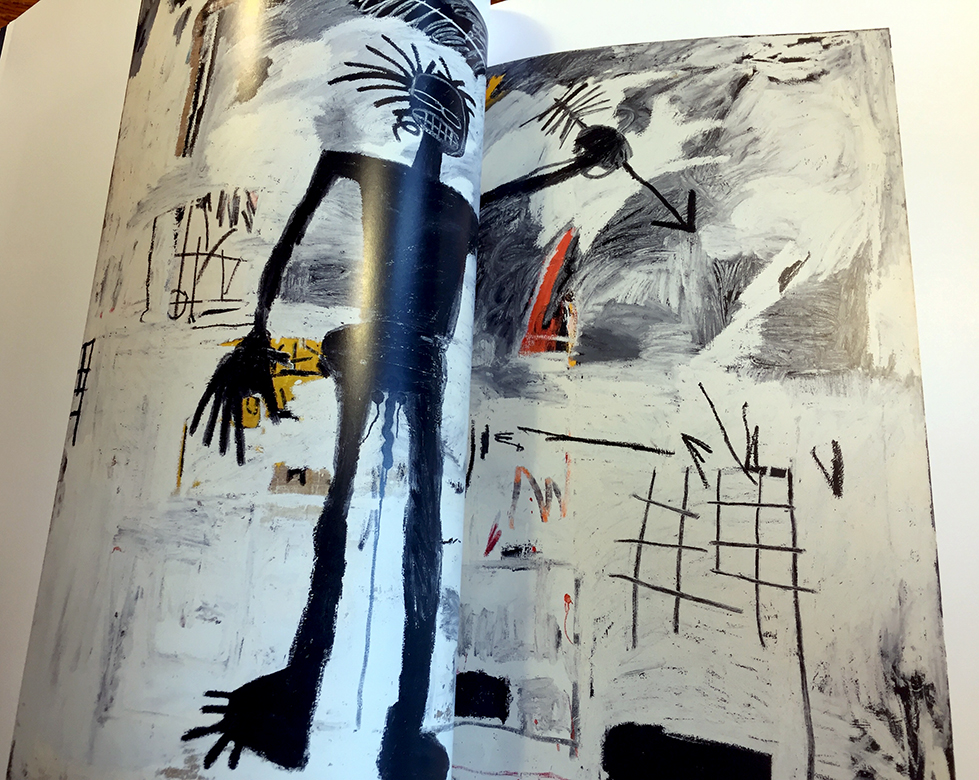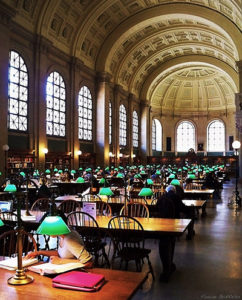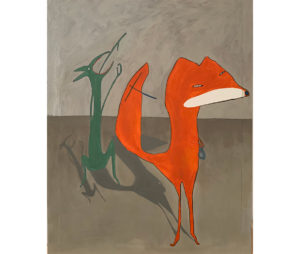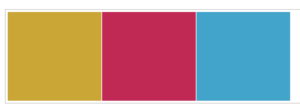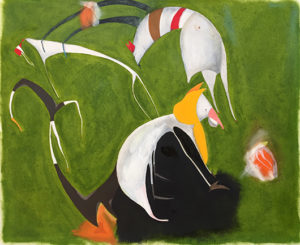I figured out this very cool thing over the summer. It’s obvious perhaps, but it had never occurred to me before. On our vacation to Acadia National Park, we stayed at an AirBnb in Bar Harbor, Maine. The owner, who was an artist, had an extensive collection of art books. I browsed through the one she had on Jean-Michel Basquiat. I didn’t know too much about him at the time except that he had written a children’s book with Maya Angelou. I also had seen an exhibit on his notebooks at the Brooklyn Museum a few years ago.
I really liked this art book book she had, and I was trying to figure out who the author or publisher was so I could buy a copy for myself. I searched for it in the Boston Public Library catalog, but there were so many entries and with similar covers that I couldn’t figure out which one it was. So I put a bunch of the Basquiat books on hold, and went to the library to look at them, as they don’t allow you to check out the big juicy art books.
First of all, the Boston Public Library is a beautiful space. If you haven’t visited, you should check it out. They offer a free tours, too. Years ago when I was writing, I used to go to the Library of Congress reading room in Washington, D.C. to work.
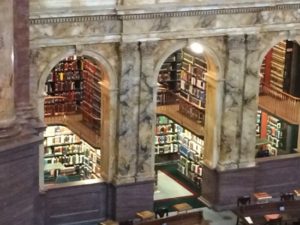
The Boston Public Library has similarly awesome spaces in which to work. I went there, collected a bunch of Basquiat books from the art desk, and hauled them over to this room.
My initial intention had been to simply figure out which Basquiat book I had been looking at in Maine, but it turned out I got to look at a ton of Basquiat’s work. Of course they are just reproductions in a book, but they are fine reproductions, and there was so much to see. It was like going to my own private art exhibit on Basquiat. I also learned a bit about his career. Dang he was prolific. He worked for nine years, from 1979-1988, and made up to 1000 drawings and about 1000 paintings. That comes to nearly a painting every three days.
What I am most interested in is how he seemed to work from his gut and without fear. One of the books wrote that “from a very early age Basquiat discovered that drawing was a process of ‘channeling’ in which he essentially functioned as a medium. In so doing, he also learned about a freedom from editing. That is, as impressions, observations and thoughts passed through him, he recognized that he did not need to prioritize or judge them.”
“In presenting all that he portrayed as being of equal value, Basquiat presented himself as that nonjudgmental observer who approached his subjects with a certain detachment, without an agenda, a need to separate out, to choose or select.”
I succeed in drawing this way in my journals, but as soon as I get to a painting, I seize up with fear of ruining it. What I really want is to remove all fear from my process
